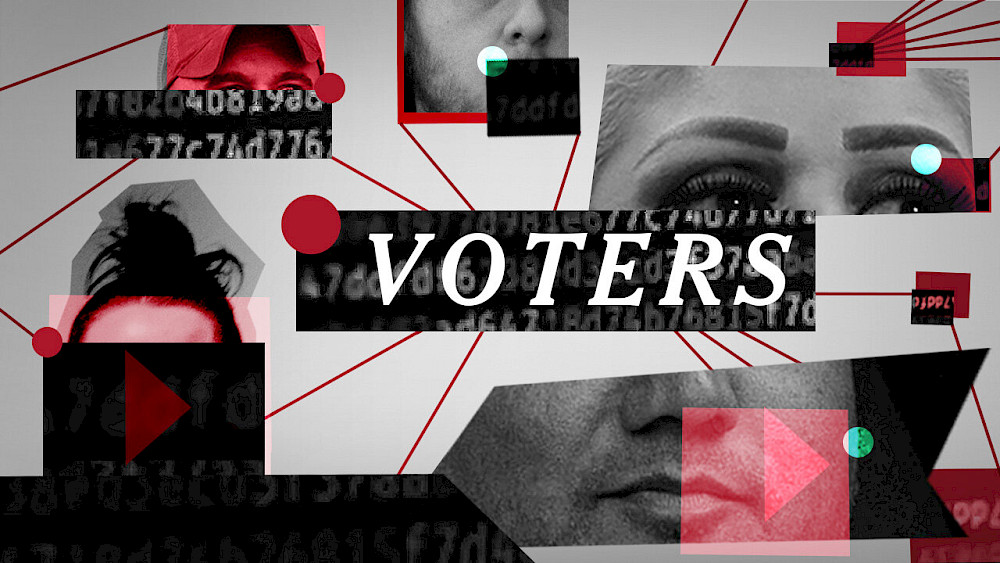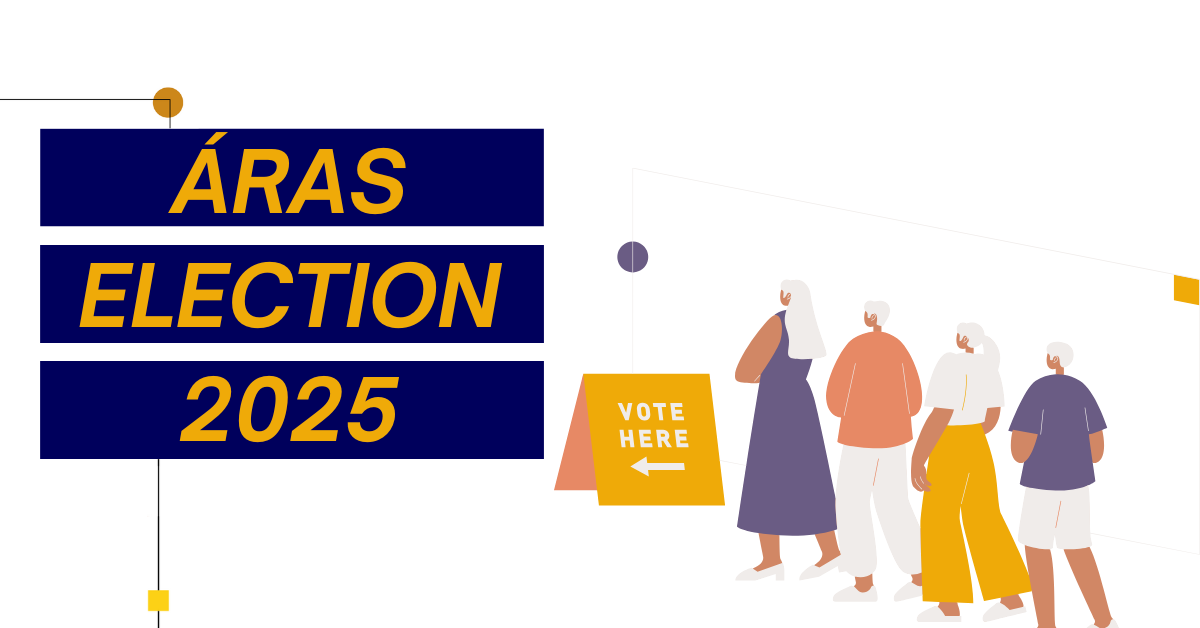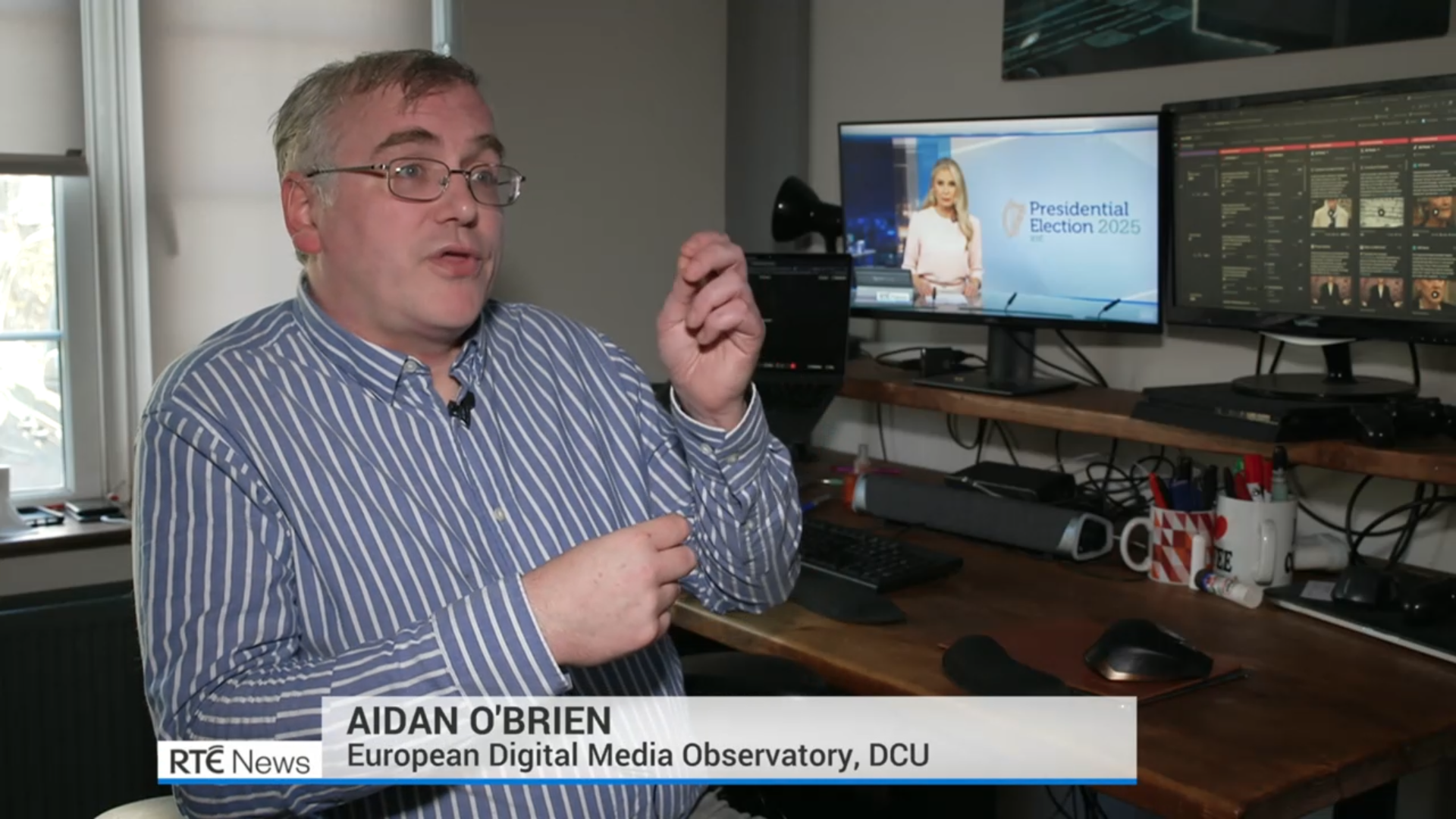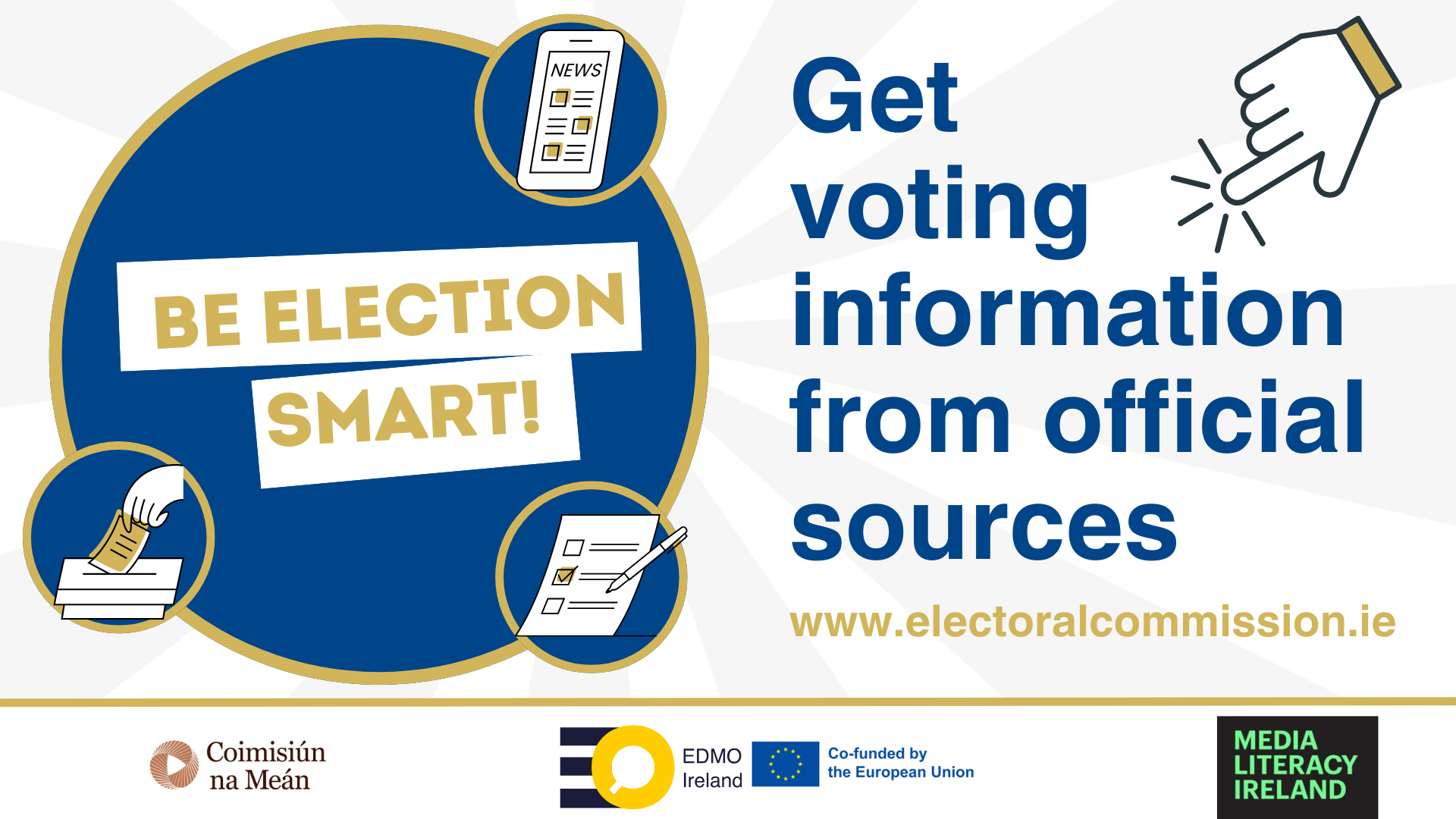Writing in The Conversation, Eileen Culloty considers concerns about the role of deepfakes in upcoming elections.
In 2016, disinformation caught many people off guard during the Brexit referendum and U.S. presidential election, prompting the emergence of an industry dedicated to analyzing and countering it. Despite extensive research, fact-checking initiatives, and government involvement, the issue remains pervasive in 2024, a year marked by over 40 elections worldwide. Advances in technology, particularly in synthetic media and deepfake creation, have exacerbated the problem. It is now increasingly challenging to distinguish real media from computer-generated content, raising concerns about the potential misuse of deepfakes to mislead the public and sway elections.
We’ve yet to really understand how big an impact deepfakes could have on elections. But a number of examples point the way to how they may be used. This may be the year when lots of mistakes are made and lessons learned.
Efforts to combat disinformation have not been in vain; today, there is a deeper understanding of disinformation’s social, psychological, and political dimensions. However, the democratization of AI tools, which allow almost anyone to create realistic deepfakes, has escalated the urgency for regulatory measures. The recent misuse of deepfakes in the Indonesian and Slovakian elections highlights how synthetic media can be deployed to manipulate public perception and undermine electoral integrity. These events reveal the vulnerabilities of democracies in the digital age, emphasizing the need for robust, independent media, electoral oversight, and a renewed commitment to democratic values amid the ongoing digital revolution.
Read the full article in The Conversation.




